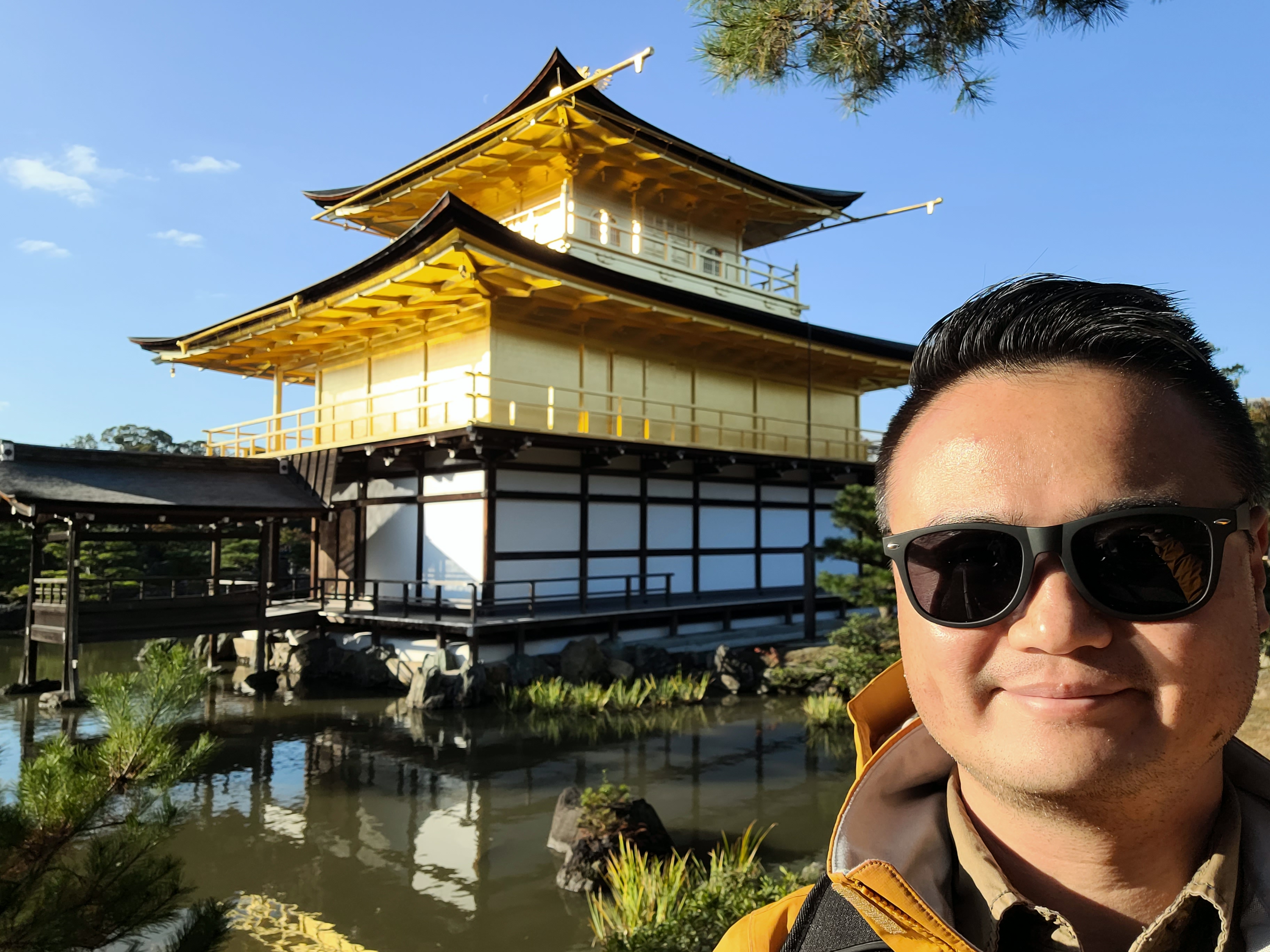
I had the opportunity to spend about two weeks in Japan last month. I was in and out of Tokyo for six days, in Okinawa for four days, and in Kyoto/Osaka for four days.
Japanese culture has had a significant influence on my life. Since I was a young lad, I’ve studied Japanese Zen Buddhism, tea ceremonies, Zen gardens, history, and the arts. I grew up reading and watching Japanese manga and anime. Many people in my life are either Japanese or Japanese American. In other words, I am familiar with Japanese culture. That being said, knowing something well is very different from actually experiencing it. My trip to Japan shattered many of my preconceived notions about Japan and Japanese culture, opening my eyes.
Here are some of the highlights and reflections from my trip.
Hidden Rules
I landed in Tokyo in the late afternoon. After checking into my hotel, I went for a walk in the Ryogoku neighborhood, searching for dinner. I reached a semi-busy cross street that had no cars, but the pedestrian lights were still red. Despite the absence of traffic, everyone was literally standing and waiting for the lights to turn green. As the king of jaywalking, I instinctively started walking across the street. Five steps into my jaywalking, a traffic cop yelled at me and told me to go back to the sidewalk, and a handful of Japanese people also scorned me, too. At that moment, I officially experienced the discipline and rigidity of Japanese cultural norms and etiquette.
When it comes to following rules, Japan is well known for its cultural and social conformity. Oftentimes, many of these rules of manners and behaviors are not obvious; thus, I call them Hidden or Unspoken Rules. Hidden Rules are the unwritten norms that a society follows, but they are not typically voiced or documented.
Every culture and country has its own set of Hidden Rules. I noticed that when I was in Spain, Norway, and Sweden, it was better not to talk about gypsies. Before going to China in 2017, I was told that as a foreigner, I could pretty much do whatever I wanted as long as I didn’t discuss politics, religion, Taiwan, or Tibet, and DON’T criticize the government at all. Countries like Germany and Japan are known for being extremely punctual, unlike some other countries where being late is the norm. In the United States, one of the unspoken rules is not to discuss politics and religion during holiday meals or on your first date.
Some Hidden Rules are obvious, while others are less so. Using tipping culture as an example, many countries don’t tip at all, while tipping is the norm in the United States. So, in general, tipping in the States is an obvious Hidden Rule. That being said, the amount to tip and whom you tip are less obvious. Should you tip 15%, 20%, or 25% at restaurants? We tip pizza delivery people, but we don’t tip UPS, FedEx, or Amazon delivery folks. The amount you tip a bartender might be different from tipping waiting staff or a barber. And, we don’t tip fast food workers.
Not until I was in Japan did I become more attuned to these Hidden Rules. Personally, I am extremely intrigued by all of the Unspoken Rules that different societies have. If I ever go on to pursue a Ph.D., my thesis would be on this topic.
I am intrigued by different Hidden Rules primarily because I love history, I am interested in how collective human behaviors form over time and fascinated by the psychology and mentality behind these behaviors and beliefs. All of these Unspoken Rules didn’t just pop out of nowhere; the majority of them have historical, cultural, and societal reasons and significance behind them. The Hidden Rules manifest on different levels such as political, religious, social, familial, and interpersonal. Some societies and cultures are built in a way that they desperately try to hold onto their Unspoken Rules despite external pressure and influence. On the other hand, some gladly integrate and accept other cultural norms. Like a fish in the water, many times people are so accustomed to their lifestyle and culture that they don’t even realize they are the byproduct of the Hidden Rules.
Another reason I am intrigued by these Unspoken Rules is that, for us to truly build a peaceful and more equitable world, we need to be more attuned to our own Hidden Rules and try our best to learn and understand others’ Unspoken Rules. Even within our own backyard, here in the US each state and region has its own unique cultural norms. The ability to observe, articulate, understand, and accept each other’s Hidden Rules can go a long way in fostering connectivity, compassion, and appreciation for one another.
What are some of the Hidden Rules that you’ve become aware of or those that have heavily influenced your lifestyle?
Food
The food scene in Tokyo is ridiculously abundant with street after street of restaurants next to each other. In Tokyo, you could probably eat every meal out your whole life and still not visit all of the restaurants.
Not once in Japan did I crave or feel like eating Western or American food. One of my favorite things about dining out in Tokyo is the izakaya style of restaurant. These establishments typically have about eight to twenty tables with many seats by the bar facing the kitchen, so you can see the chefs and cooks preparing your dishes.
I like the izakaya style of restaurants because of how efficient they are. I walk into a restaurant, order from a kiosk or just point at a menu item, sit down, and the food shows up in about five to ten minutes. I eat, put the dishes on a return counter, pay, and leave. Unlike in the States where you can request extras or substitute different things for your dishes, in Japan you order exactly what’s on the menu (I think this is another Unspoken Rule). The menu tells you exactly what the price is, including tax. There’s minimal interaction with the restaurant staff. There is no tipping in Japan, so as a consumer, I don’t feel pressure to chitchat with the staff. The process is like eating at an American fast-food joint but with yummier options like different types of ramen, curry, rice bowls, dumplings, sashimi bowls, and/or sushi
The whole time in Japan, I only had one bad meal, and the rest ranged from great to phenomenal. We got really lucky that we were able to eat at a few off-the-beaten-path local restaurants. When we were on Hamahiga Island, a small island outside of Okinawa Island, we ate at Teirabui, an old traditional Okinawa house that’s converted and renovated into a restaurant. Teirabui serves traditional Okinawa soba.
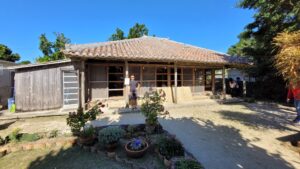

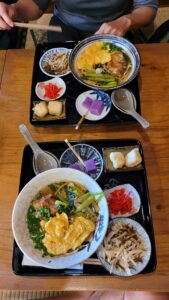
The best restaurant experience was in Kyoto. After visiting the Golden Pavilion of Kinkaku-ji, we just wanted to find a place to eat away from the crowded tourist spots. So, I randomly picked a restaurant that would be convenient for us to return to our hotel. The restaurant is located in the middle of a local neighborhood. We took a taxi and the taxi driver was concerned about us because he thought we were lost. When we went inside the very nice izakaya-style restaurant, the chef also thought we were lost because he told us that after being in business for many years, we were the first tourists ever to visit his restaurant. The food at this establishment was out of this world.
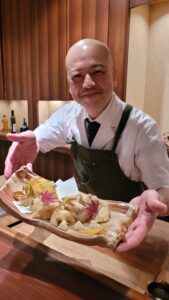
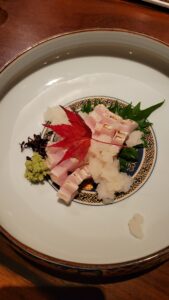
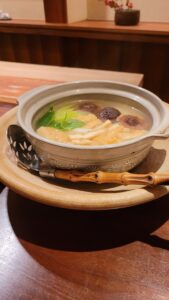
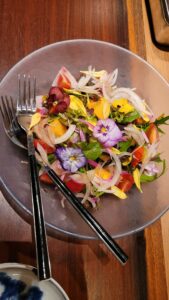
Lastly, what I appreciate the most about dining out in Japan is the portion size and price range. The portions are smaller, but filling enough that you don’t feel bloated after eating. Relatively speaking, the prices are affordable and lower than in the States. For example, a decent-sized bowl of ramen with a side of gyoza is about $7 US dollars. After the meal, I don’t get into a food coma or feel drowsy and can continue my adventure without worrying about not finishing all of the food or carrying the leftovers.
Cultures/Arts/History
My trip to Okinawa led me down a rabbit hole of introspection, inspiring me to delve further into the native history, culture, war, abuse, and tragedy of the Okinawa Island chain, along with Taiwan and its surrounding islands. In a way, I am still reflecting and processing my experience in Okinawa. To start, I highly recommend my readers check out the Okinawa Prefectural Peace Memorial Park website to learn more about the Japanese occupation and the US military involvement on the islands.
Kyoto is simply amazing. Even though everywhere you go it’s crowded with endless tourists, yet it’s still totally worth it. Words and photos just can’t portray and describe the beauty of the different Buddhist temples, gardens, arts, and nature. That being said, take a look at some of my favorite memories, photos, and spots in Kyoto. Enjoy!

Recent Comments